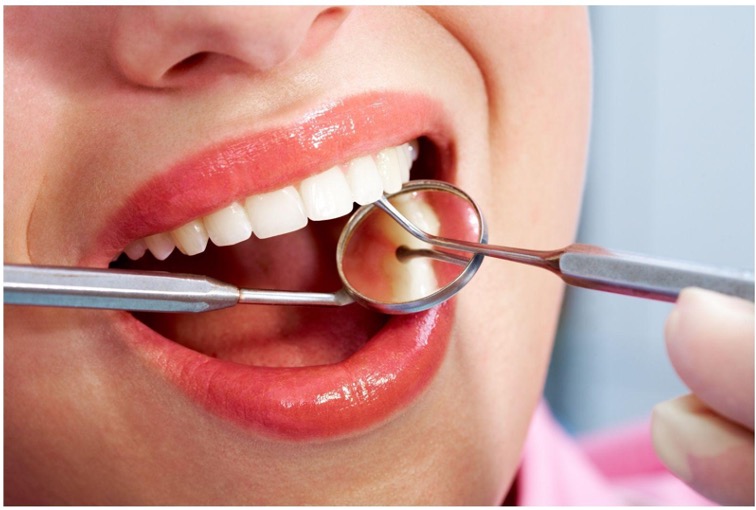Can you Reverse a Cavity? Complete End-to-End guide.
Understanding the type is the first step in knowing how to reverse a cavity. The structure of our teeth is made up of hydroxyapatite crystals, which consist of calcium and phosphorus. When food particles remain lodged in our teeth, bacteria in the mouth react with them to produce acid. This acid is primarily responsible for the decalcification of teeth, leading to the formation of cavities.
The best dentists in Mumbai explain that frequent exposure to acid from oral bacteria results in mineral breakdown, which leads to cavities.
Stages of Cavity Formation
- Demineralization – The initial stage of decay where enamel is exposed to acids from bacteria that thrive on sugars and starch.
- Enamel Decay – The decay progresses through the outermost layer, causing visible holes (cavities).
- Dentin Decay – The decay reaches the dentin (the softer layer beneath the enamel), leading to increased tooth sensitivity and pain.
- Pulp Decay – In the final stage, decay reaches the pulp, which contains nerves and blood vessels. This often results in severe pain and infection.
Can Cavities Be Reversed?
In the early stages, when demineralization has just begun, it is possible to remineralize the tooth and prevent further decay. However, once decay has progressed beyond enamel damage, reversal is not possible, and treatment is necessary.
At-Home Strategies to Slow or Stop Cavity Progression
The top dentists in Mumbai recommend the following measures to slow down or prevent cavity progression:
- Reduce sugar intake, especially processed sugars, which accelerate tooth decay.
- Brush twice daily with fluoridated toothpaste to minimize enamel demineralization.
- Use proper brushing techniques, which your dentist can guide you on.
- Floss daily to remove plaque buildup between teeth.
- Eat a fiber-rich diet to help reduce plaque formation.
- Use a straw when drinking sugary beverages to minimize contact with teeth.
- Stay hydrated to maintain saliva levels, which naturally wash away food debris.
- Visit your dentist every six months for a professional cleaning and check-up.
Professional Treatment Options to Prevent Decay Spread
Once decay has set in, leaving it untreated will only worsen the condition. The best approach is to address the issue as soon as possible.
Fluoride Treatment
In cases of early-stage decay (demineralization), fluoride application can help remineralize the enamel and prevent further damage. This treatment is effective only in selected cases diagnosed by a dentist.
Dental Fillings
For moderate decay, the dentist removes the decayed portion and fills the cavity with composite fillings, which blend with natural teeth.
Root Canal Treatment
If decay reaches the pulp, a root canal treatment (RCT) is required to remove the infected tissue and restore the tooth with a crown prosthesis.
Tooth Extraction
In cases of severe infection where the tooth is beyond repair, extraction is necessary to prevent the spread of infection and preserve surrounding bone structure.
At The Dental bond we have a very transparent approach with treating decay. We always start with taking pictures, scans and radiographs for a better understanding of your teeth and oral cavity. We spend time studying the scans and radiographs to develop a comprehensive, personal treatment plan for each patient and guide them through it.
Once we have discussed the treatment plan we start with the most conservative approach of decay removal while trying to preserve what is natural. The line of treatment is guided by the extent of decay and nothing else. We encourage active involvement from our patients throughout treatment by always being transparent in our approach.
To get one of the best dental experiences, book your appointment today at The Dental Bond.
